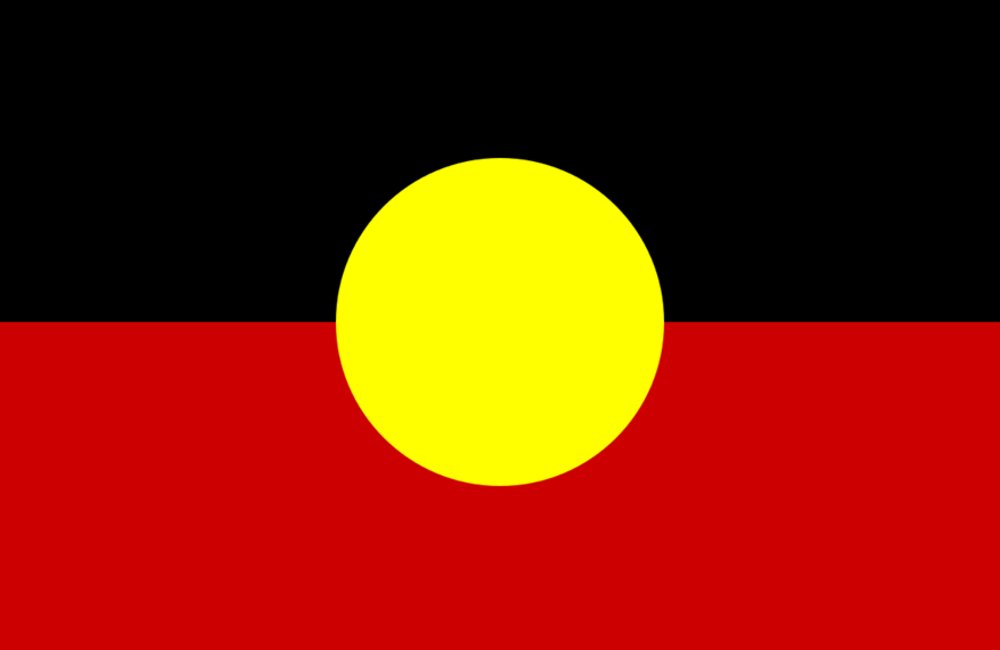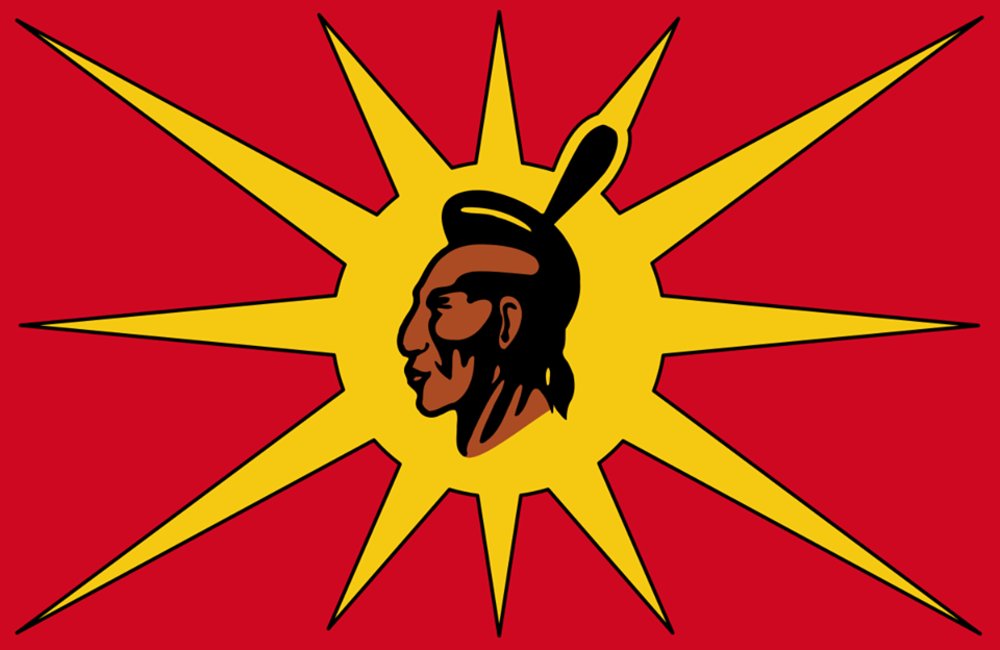
Some turkey facts:
- In the Potawatomi calendar, the month of November is Pne'kesis - the turkey moon.
- Colonization nearly made wild turkeys extinct. By the early 1900s, there were only 30,000 in the entire US.
- In the Potawatomi calendar, the month of November is Pne'kesis - the turkey moon.
- Colonization nearly made wild turkeys extinct. By the early 1900s, there were only 30,000 in the entire US.

- English-speakers called it a turkey, thinking it the same bird as the African guineafowl imported from Turkey at the time. Turks called it a hindi, thinking it from India. Same with the French (poulet d’Inde - literally “chicken from India”), Dutch (kalkoen, a contraction of 

Calicut-hoen, literally “hen from Calicut”) and others. In Hindi, it's a tarki, but in some places in India, it's a peru, a name they got from the Portuguese, who were also wrong because turkeys are not native to Peru. The expansion of Western colonialism only complicated matters
Malaysians call turkey ayam blander (“Dutch chicken”), while Cambodians opt for moan barang (“French chicken”). The Spanish name, guajolote, comes from the Nahuatl name for the bird, huehxolotl.
- Archaeological evidence indicates indigenous efforts to domesticate turkeys in the Southeast US at least 400 years before the Pilgrims landed.
- In Shawnee, the Ohio River is known as Peleewaathiipi - the turkey river.
- In Shawnee, the Ohio River is known as Peleewaathiipi - the turkey river.
- The Turkey Dance is one of the most important social dances in Caddo culture, associated with songs about war honors and tribal pride. Some other eastern tribes, such as the Lenape, Shawnee, and Seminoles, have turkey dances as well.
• • •
Missing some Tweet in this thread? You can try to
force a refresh













